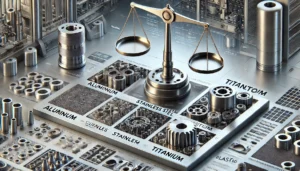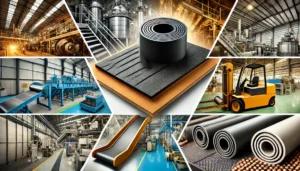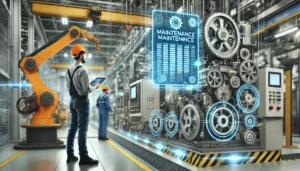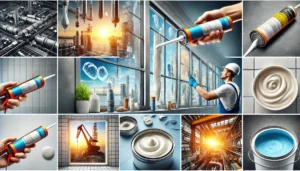Manufacturing requires new strategies and tools that will help enhance efficiency and meet market demand. Enhancing efficiency will help reduce costs, improve productivity, and increase product value. Here are several tips that can significantly help in improving Efficiency in manufacturing processes:
1. Integrate Lean Manufacturing Strategies
With the aim of minimizing wastage to boost productivity in lean manufacturing, these approaches can drastically enhance efficiency when put into practice. These strategies include JIT (just in time) production, 5S(Sort, Set in order, Shine, Standardize, Sustain), and Kaizen(continuous improvement). This helps reduce excess resource use while optimizing processes and inventory control. Lean principles can enable businesses to serve customers at maximum value at the lowest possible resources serving them.
2. Incorporate Automation and New Age Technologies
Incorporating automation technology into manufacturing systems can enable businesses to focus on other complex issues while simultaneously enhancing kernel productivity in the business employing these strategies. JIT, AI, robotics, and IoT systems can reduce human error for repetitive tasks, improving speeds and enhancing focus on advanced tasks. Additionally, real-time monitoring and analysis allows for better decision making and maintenance boosting optimizes performance, reduces downtime; enabling faster and better operations.
3. Utilize Software Solutions On Manufacturing
When you integrate tools such as Manufacturing Execution Systems (MES) or even Enterprise Resource Planning (ERP) systems as manufacturing software, it helps in integrating different stages of the production process. Such tools assist in making real time decisions with its operational and inventory control as well as supply chain management. Furthermore, simulation software tools can also simulate the production system to determine where enhancements can be made and believe the changes will have the desired impact prior to implementing them.
4. Train Your Employees While Paying Attention To Them
In the modern manufacturing approach, having a trained and aware workforce is crucial. Regular training sessions help employees keep abreast with new tools and technologies. For instance, inviting employees to participate in decision-making processes and allowing them to provide ideas can boost organizational culture. When employees are motivated and skilled properly, they are more likely to help the company excel.
5. Streamline Workflows & Processes
To increase efficiency and minimize mistakes, it’s helpful to document instructions on how to perform routine tasks. This practice of eliminating or minimizing changes to work procedures is called standardization. When best practices are documented with specific minimum and maximum variances, there is less room for variability and mistakes to creep in. This makes it easy to teach new hires and set goals for improvement. Having a standard procedure makes it easier for manufacturers to achieve effective and consistent results.
6. Consumption of Energy Should be Optimized
While operational costs can be reduced through the deployment of energy efficient systems and practices, the use of energy efficient equipment also helps to further the economy. Energy management systems, regular energy audits, and investing in energy efficient machinery can highlight areas for conservancy. For instance, putting money into variable frequency drives (VFDs) for air compressors and pumps allows motors to adjust in speed to meet the required energy demand. Moreover, replacing outdated lighting systems with LEDs can provide avenues for more economic energy use.
7. Equipment Must Be Serviced On A Timely Basis
Timely maintenance of old equipment is critical in averting breakdowns that are not expected which can bring production to a standstill. A preventive maintenance schedule ensures the equipment performs efficiently. Additionally, the introduction of predictive maintenance tools which evaluate data can foresee problems can increase reliability and stop unnecessary downtime. This approach aids in longer life cycles for the equipment and aids in sustainable production.
8. The Culture of Continuous Betterment Should Be Encouraged
An organizational culture that empowers all employees irrespective of their positions to be actively engaged in improving processes encourages better efficiency. Solicit employee suggestions, conduct audits, and monitor performance metrics regularly to spot and solve inefficiencies. Such an environment enhances a manufacturer’s ability to respond to evolving situations and maintain high efficiency over extended periods.
Conclusion
Manufacturing efficiency is achieved through a combination of technology tools and people. By applying lean techniques, automating work processes, utilizing sophisticated software, developing many employees, standardizing processes, optimizing energy usage, keeping equipment in good conditions, and practicing continuous learning and improvement, manufacturers will be more productive and competitive in the changing industrial environment.










